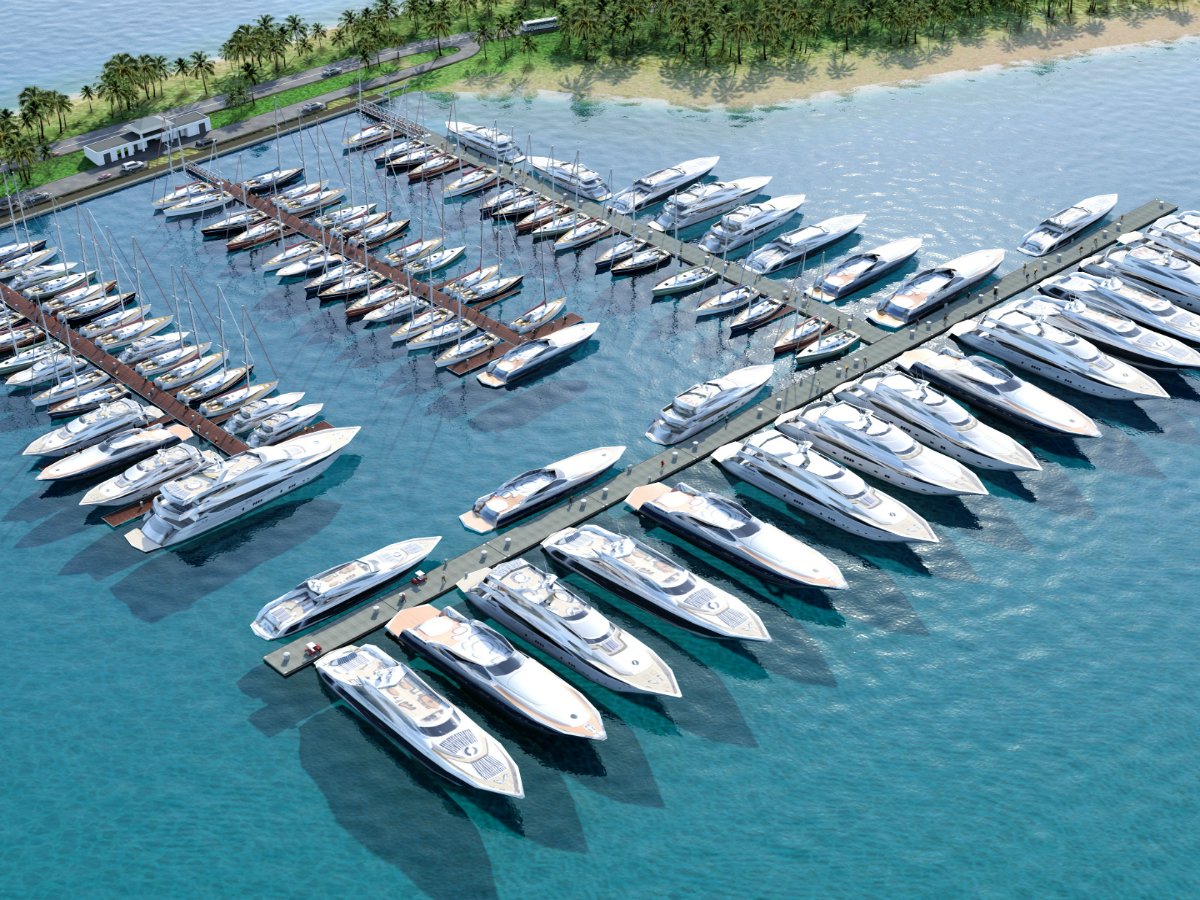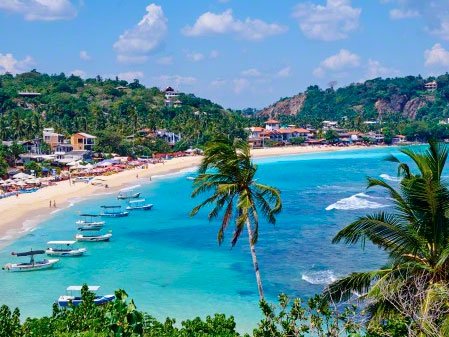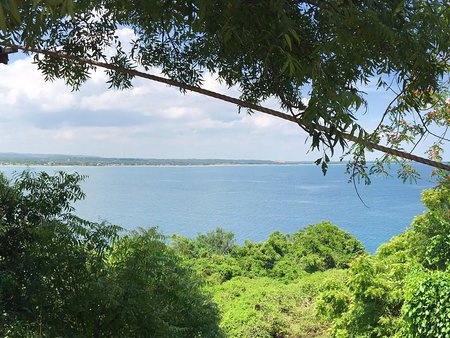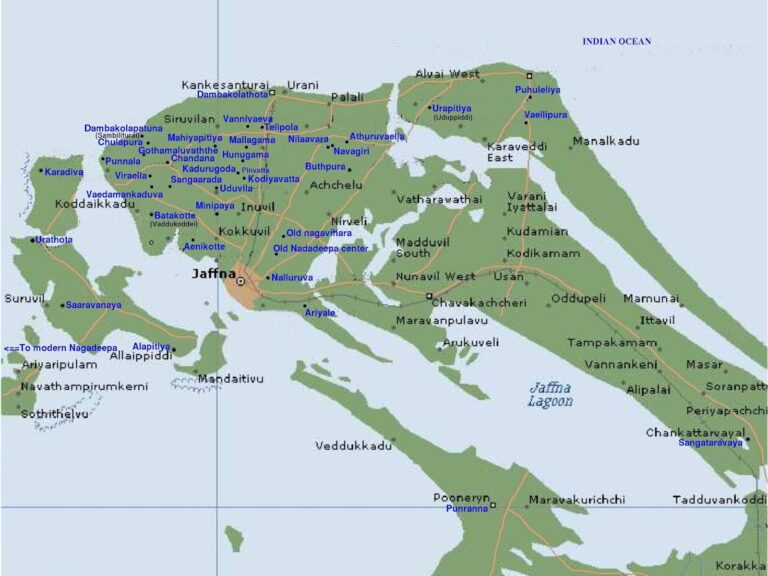Ocean Dollars Ahoy: Charting Sri Lanka’s Future with Marinas, Yacht Recycling & Coastal Regeneration

Introduction: Why the Sea Is Sri Lanka’s Missed Opportunity
Sri Lanka is a maritime nation. But you wouldn’t think so if you looked at our current tourism model, which still clings to beaches, elephant rides, and heritage tours. In a world rapidly chasing regenerative, high-value, low-footprint travel, we are ignoring a goldmine on our doorstep—the global nautical tourism industry, now valued at over $100 billion annually.
With over 1,340 km of coastline, multiple natural harbours, and a monsoon-divided sailing season ideal for year-round docking, Sri Lanka should already be a key player in the global yacht circuit. Yet, the island barely scratches the surface. There’s no national policy on marinas, no active yacht recycling frameworks, and a chronic underinvestment in blue infrastructure. This article argues that if we rethink our ports and beaches—not as crowded tourist spots but as hubs of maritime excellence—we can reposition Sri Lanka as a premium yachting and coastal regeneration destination.
Section 1: What Is Nautical Tourism—And Why Is It Booming?
Nautical tourism refers to travel experiences tied to marine recreation—yachting, marina-based leisure, diving, sea safaris, and more. From the Mediterranean to the Caribbean, yachting is no longer just for billionaires. It has become an eco-conscious lifestyle choice for digital nomads, retirees, and sustainability-driven investors.
Global Stats:
- As of 2024, the global yacht charter market is estimated at $25.7 billion, growing at 5.8% CAGR.
- Over 6 million yachts are currently registered worldwide, with 60% based in Europe.
- Recreational boating supports over 800,000 jobs globally—more than half of them in marina services, yacht management, and vessel recycling.
Section 2: Where Sri Lanka Stands—And Why It’s Alarming
Sri Lanka sits on one of the busiest maritime routes in the world. But here’s the paradox: there is no fully functional international-standard marina on the entire island. Galle Port, which should be our flagship marina, is outdated, bureaucratically entangled, and under-promoted.
Current Pain Points:
- No customs-clearance docking marinas for yachts, forcing vessels to detour to the Maldives or Seychelles.
- Outdated port governance with multiple state agencies overlapping—SLPA, Navy, Immigration, Coast Guard, Tourism Authority—all operating in silos.
- No recycling facilities for decommissioned yachts, leading to metal and fiberglass pollution.
- No training pipeline for marine engineers, deckhands, or marina managers—missing thousands of job opportunities.
Section 3: Global Case Studies Worth Learning From
Let’s examine how other nations, many of them smaller or poorer than Sri Lanka, have leapfrogged into the nautical tourism elite:
1. Montenegro – Porto Montenegro
A former Yugoslav naval base, transformed into a luxury marina. Today, Porto Montenegro:
- Hosts 450 yachts, including superyachts.
- Generates €45 million annually in marine and luxury hospitality services.
- Offers a model PPP (public-private partnership) approach where the government retains strategic control, but operations are fully privatized.
2. Seychelles – Eden Island Marina
Strategically located in Victoria Port, Eden Island:
- Serves over 3,000 yachts per year.
- Allows duty-free provisioning, quick customs clearance, and visa-on-arrival.
- Promotes marine conservation zones in tandem with marina development.
3. Thailand – Phuket’s Ao Po Grand Marina
- Accommodates superyachts up to 100 meters.
- Became a refueling and repair hub in Southeast Asia.
- Has linked marinas with sea-plane services, opening up regional nautical circuits.
4. Turkey – Bodrum and Göcek Marinas
- Part of the “Blue Voyage” circuit attracting over 2 million nautical tourists annually.
- Marina tourism contributes 10% of Turkey’s coastal GDP.
5. Malta – Yacht Recycling Framework
Malta introduced a progressive law requiring proper scrapping and fiberglass disposal for yachts over 20 years old. The policy:
- Reduced marine waste by 30% in five years.
- Created 220 green jobs in upcycled yacht furniture and accessories.
6. Dubai – Dubai Harbour Marina
A fully integrated lifestyle precinct that:
- Handles over 1,100 yachts annually.
- Is connected to luxury residences, cruise terminals, and retail zones.
- Actively markets itself as a yacht-home base for expats in the Middle East.
Section 4: Yacht Recycling—A Sleeping Sustainability Giant
Globally, over 55,000 yachts are due for decommissioning in the next five years. Most of them contain high-grade aluminum, fiberglass, and marine upholstery—materials that can be salvaged, reused, and repurposed.
Why Sri Lanka Could Lead:
- We already have industrial zones and dockyards (e.g., Colombo Dockyard, Trincomalee).
- Fiberglass recycling firms exist but are not connected to nautical supply chains.
- Our carpentry and upholstery skills are world-class. Imagine turning yacht furniture into premium exportable home décor.
A proper “Yacht End-of-Life Policy” could position Sri Lanka as Asia’s green marine salvage hub.
Section 5: Coastal Regeneration—Not Just Sand and Sun
Marinas are not just parking lots for boats. If designed well, they:
- Regenerate abandoned coastlines.
- Encourage community-based entrepreneurship in diving, snorkeling, artisanal fishing.
- Support seagrass and coral reef restoration projects.
In areas like Tangalle, Trincomalee, and Kalpitiya, marinas could be built alongside nature sanctuaries, turning them into eco-nautical corridors. These can attract:
- Expedition yachts focused on marine biodiversity.
- Scientific tourism, a rising niche.
- Volunteer tourism supporting ocean health.
Section 6: Actionable Blueprint for Sri Lanka
Here’s how we can shift gears immediately:
1. Establish a National Nautical Tourism Taskforce
Comprised of SLPA, Sri Lanka Tourism, BOI, Navy, and private sector marina developers. Mandate: Cut red tape and execute.
2. Reform Port Clearance & Immigration
One-window yacht entry clearance within 3 hours, visa-on-arrival for crew, duty-free fueling privileges.
3. Public-Private Partnerships for Marinas
Lease underutilized ports (e.g., Beruwala, Oluvil, Cod Bay) to international marina operators under a BOT (Build-Operate-Transfer) model.
4. Create a Yacht Recycling Cluster
Attach to Hambantota or Colombo Port. Offer BOI tax holidays for marine recycling ventures.
5. Launch Marine Vocational Schools
Start diplomas in marine mechanics, diving safety, deckhand training under Tertiary Education Commission.
6. Incentivize Local Fisherfolk to Transition
Provide small grants and training to pivot to water taxis, snorkeling guides, or marine tour operators.
Section 7: Economic Potential for Sri Lanka
If implemented strategically, Sri Lanka’s maritime tourism economy holds the potential to generate approximately USD 375 million annually. The lion’s share could come from yacht marina services, estimated at around $150 million, while repairs and maintenance of vessels could contribute an additional $90 million, tapping into both local dockyard capabilities and international demand. A well-managed eco-marine tourism sector, including snorkeling, diving, marine safaris, and conservation-based experiences, could add $60 million, while a structured yacht recycling and salvage industry—leveraging existing industrial zones—might yield $45 million per year. Meanwhile, investment in marine vocational training and job creation could bring in $30 million annually, while uplifting thousands of youth. Collectively, this sector could create over 15,000 direct jobs in marinas, ports, and training institutions, alongside 40,000 indirect jobs in ancillary services such as local supply chains, transport, food and beverage, and community-based marine tourism initiatives.
Final Thoughts: Ocean Capitalism with a Conscience
Yacht marinas aren’t just for billionaires. They are engines of clean wealth, coastal resilience, and long-term tourism sustainability. For a country grappling with a post-crisis economy, climate vulnerability, and rising youth unemployment, the ocean isn’t just scenery—it’s strategy.
Sri Lanka can no longer afford to keep its back to the sea. We must build ports that welcome, coasts that heal, and policies that flow like water—adaptive, inclusive, and forward-thinking.
Disclaimer
This article has been authored and published in good faith by Dr. Dharshana Weerakoon, DBA (USA), based on publicly available data, professional experience, and industry insight. It is intended solely for educational, journalistic, and public awareness purposes. The author accepts no responsibility for any misinterpretation, adaptation, or misuse of the content. Views expressed are personal and do not constitute legal or financial advice. This article complies with the Intellectual Property Act No. 52 of 1979, the ICCPR Act No. 56 of 2007, and relevant data ethics. ✍ Authored independently and organically—not AI-generated.
Further Reading: https://dharshanaweerakoon.com/saudi-arabia-for-sri-lanka/






